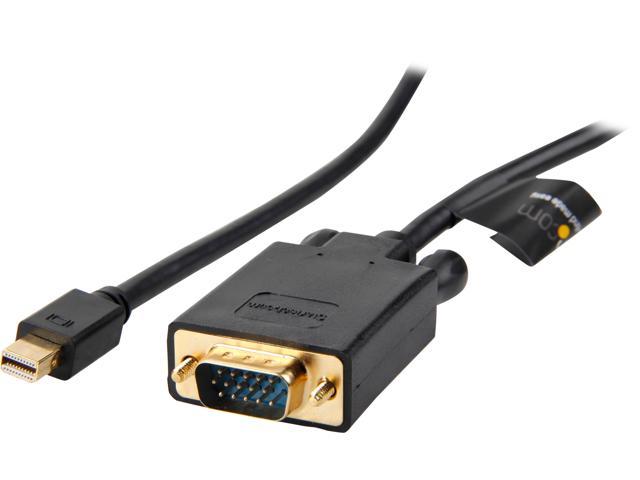Undesirable invasive plants are infesting public and private lands in this country at an alarming rate. These nonnative species destroy native habitats, threaten endangered plants and animals, interfere with recreation and transportation, and cause economic losses as land values and productivity decline. Various methods are used to suppress invasive plants, from herbicides to burning to cultivation. Classic biological control–in which selected host-specific, plant-attacking insects, mites, nematodes, and pathogens are introduced from the invasive plant’’s native lands–provides an additional tool for land managers to reduce invasive plant populations. In this volume, leading experts review the discipline of biological control of invasive terrestrial and aquatic plants. Topics addressed include the ecology and economics of biological control, monitoring, non-target impacts, a Code of Best Practices, and the processes of identifying, introducing, distributing, and maintaining biological control agents. In addition to chapters on the theory and practice of biological control, this book provides information about 39 target plants in the continental United States and 94 agents, including their origin, biology, habitat, impacts, and distribution. More than 300 color photographs help identify the plants and agents. The book concludes with information about invasive plants that are targeted for biological control in the future. An invaluable reference for land managers, natural resource and weed control specialists, and students of natural resource management, Biological Control of Invasive Plants in the United States provides practical, science-based information needed for understanding andusing biological control as part of an integrated invasive-plant management strategy.















